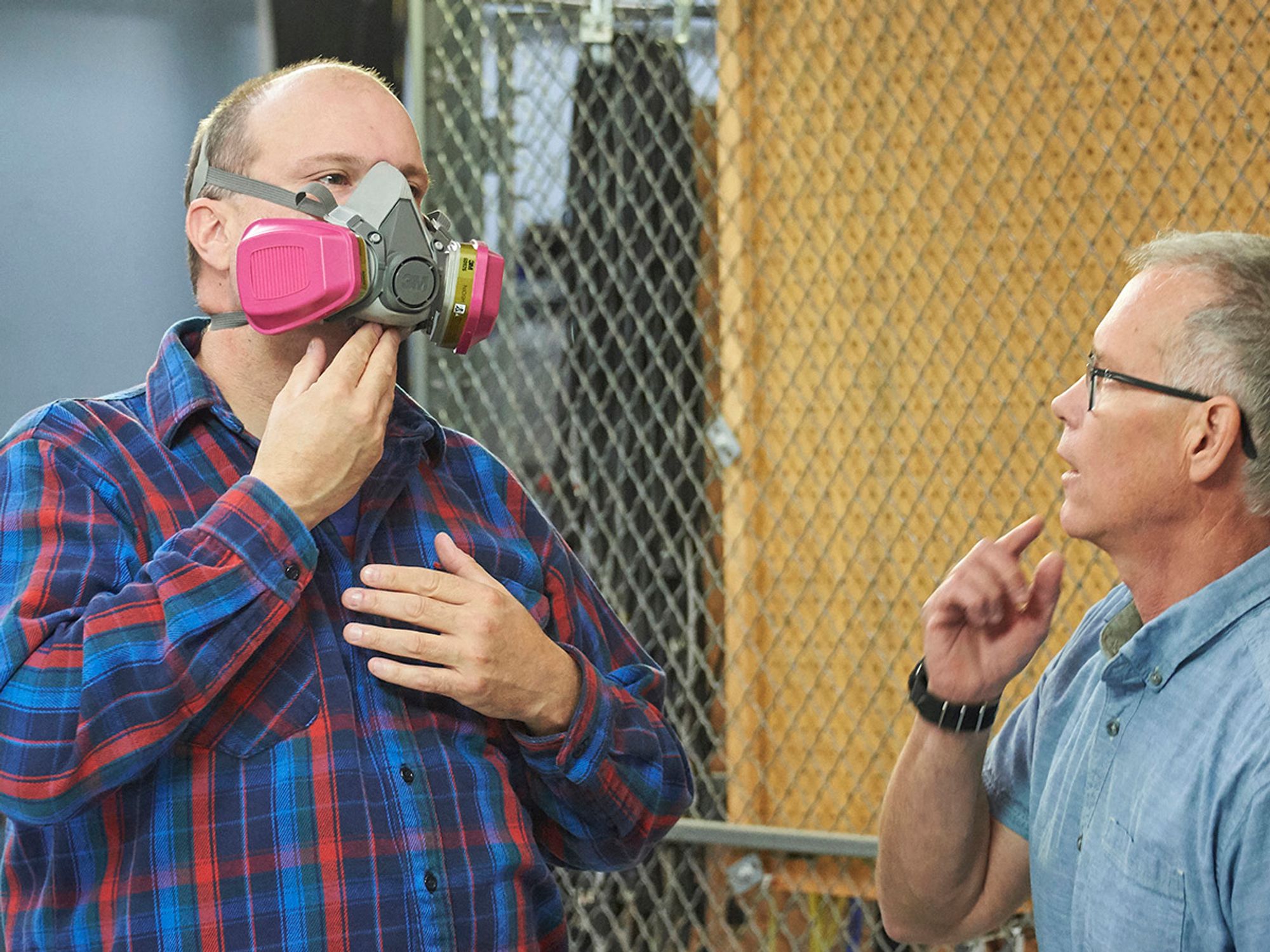InstituteSafety & HealthGeneral Industry SafetyToxic and Hazardous Substances - OSHAAcrylonitrileIn Depth (Level 3)EnglishAnalysisFocus AreaToxic and Hazardous Substances - OSHAUSA
Warnings and training
['Toxic and Hazardous Substances - OSHA']

- Employers must properly label any containers of acrylonitrile and acrylonitrile-based materials.
- Employees who work around acrylonitrile should be trained on how to avoid exposure.
- Training should be completed before work begins, and at least once annually thereafter.
Employees who have contact with this chemical must understand the hazards and the methods of control associated with these hazards.
To warn employees of the existence of acrylonitrile, precautionary labels must be affixed to all containers of liquid acrylonitrile and non-exempt, acrylonitrile-based materials. The labels must remain affixed when materials are sold, distributed, or leave the employer’s workplace.
A training program must be established and encompass the following:
- All employees exposed to acrylonitrile above the action level are protected.
- All employees subject to potential skin or eye contact with liquid acrylonitrile are protected.
- Employee exposures are maintained below the action level by engineering and work practice controls.
- Training is conducted at least once annually after initial training, and each employee is informed of the following:
- The information contained in 1910.1045, Appendix A and Appendix B.
- The quantity, location, manner of use, release, or storage of acrylonitrile, and the specific nature of operations which could result in exposure to acrylonitrile, as well as any necessary protective steps.
- The purpose, proper use, and limitations of respirators and protective clothing.
- The purpose and a description of the medical surveillance program.
- Emergency procedures.
- Engineering and work practice controls, their function, and the employee’s relationship to these controls.
- A review of the acrylonitrile standard.
